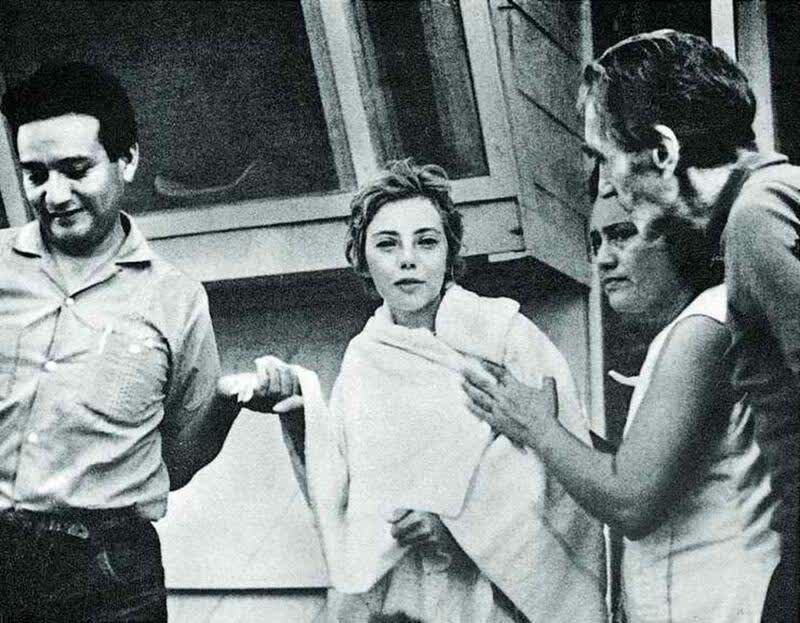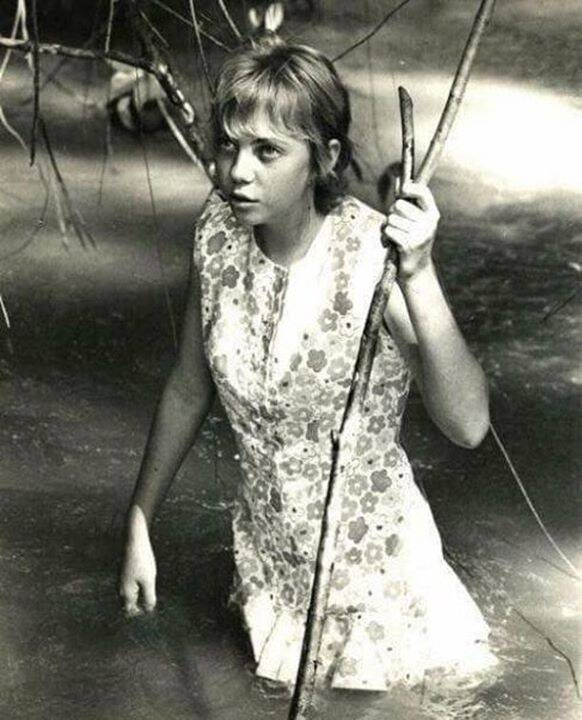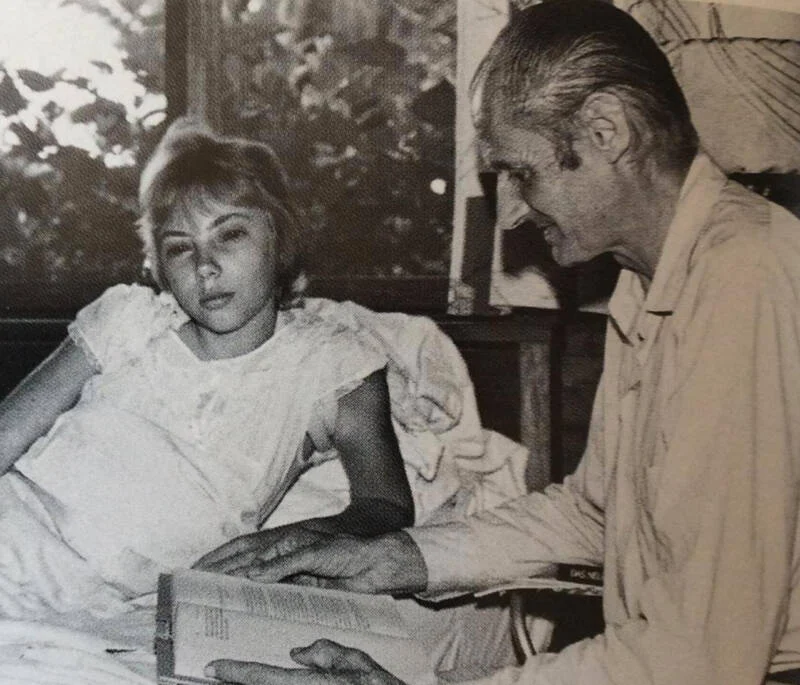A Flight Meant for Family, Not for History
On December 24, 1971, Juliane Koepcke boarded LANSA Flight 508 with her mother, expecting a short hop from Lima to Pucallpa, Peru. She had just earned her high school diploma the day before and was planning to follow in the footsteps of her zoologist parents. It was supposed to be a peaceful Christmas Eve trip. Instead, it became one of the most remarkable survival stories the world has ever heard.
When lightning struck the aircraft mid-flight, Koepcke found herself ripped from the crumbling fuselage—still strapped to her seat—and plummeting through the sky. She fell nearly 10,000 feet into the dense Amazon rainforest. And somehow, unbelievably, she survived.

Born Into the Wild: The Jungle Was Her Classroom
Juliane wasn’t your average teenager. Born in Lima in 1954 to German zoologists, she had grown up between textbooks and the treetops. Her parents founded Panguana, a research station deep in the Peruvian jungle. There, Juliane learned survival basics—how to identify edible plants, how to track water, and how to respect the rhythms of nature.
This early immersion in jungle life turned out to be more than education—it became her lifeline.
Video: How Juliane Koepcke Survived A Plane Crash And 11 Days Alone In The Amazon
Lightning, Chaos, and a Free Fall into the Unknown
Just 25 minutes after takeoff, LANSA Flight 508 hit a violent thunderstorm. The cabin shook. Overhead bins burst open. Passengers screamed. Then came a deafening crack—a bolt of lightning had struck the engine.
Juliane’s last memory before blacking out was her mother’s calm but chilling words: “Now it’s all over.”
Suddenly, she was no longer inside the plane. The aircraft had disintegrated around her, and Juliane—still buckled into row 19F—was falling through open air, the jungle canopy rising to meet her.
She awoke hours later on the forest floor, alone, battered, but alive.

Injured and Alone, She Started Walking
With a broken collarbone, a swollen eye, and a deep gash on her leg, Juliane had only one thing on her side: instinct. Her jungle upbringing kicked in. She searched for her mother but found no trace.
Soon, she stumbled across a small creek. Her father’s advice echoed in her mind: “Follow water. It always leads to people.”
So she did. For eleven days, Juliane followed the stream—walking, crawling, floating when she had to. Along the way, she found a bag of candy, which became her only food source. She faced poisonous insects, painful wounds, and the mental weight of isolation, but she pushed forward.

Grim Discoveries and Grit-Fueled Survival
On the fourth day of her trek, she discovered something that froze her in her tracks—three fellow passengers still strapped to their seats, buried headfirst in the forest floor. One was a woman, but it wasn’t her mother.
Juliane pressed on. Despite hearing helicopters overhead, the thick canopy made it impossible for rescuers to spot her. Hope flickered but never completely died. Each day, she told herself: “Keep moving. Someone is out there.”

Rescue on the Edge of Death
By the ninth day, Juliane stumbled upon a small hut—deserted, but a sign of civilization. She waited there, weak and exhausted. On the tenth day, three Peruvian loggers arrived. At first, they were terrified—she looked ghostly and wild. One even suspected she was a water spirit from local folklore.
But Juliane managed to explain her story, and they believed her. The next day, they took her downriver in a canoe to the nearest town with a hospital.
She had survived the jungle. And now, she was safe.
Video: Juliane Koepcke: The Teen Who Survived a Plane Crash Miracle
The Sole Survivor of LANSA Flight 508
When Juliane reunited with her father, she learned the full truth: of the 92 passengers aboard, she was the only survivor. Tragically, her mother had also survived the fall but died from her injuries before help could reach her.
Juliane’s knowledge of the jungle, her calm under pressure, and her sheer willpower had saved her life. But the trauma lingered.
A Life Rebuilt After Tragedy
In the years that followed, Juliane struggled with grief, survivor’s guilt, and intense media attention. She avoided flying. She battled nightmares. But like she had done in the forest, she kept moving forward.
She moved to Germany and earned a doctorate in biology. Eventually, she returned to Peru to conduct research in mammalogy. She married and became Dr. Juliane Diller.
In 1998, she revisited the crash site for the documentary Wings of Hope, directed by Werner Herzog—who himself had narrowly missed being on that doomed flight. Sitting once again in seat 19F, she confronted her memories head-on.

Writing Her Own Story
Juliane later penned a memoir, When I Fell From the Sky, to reclaim her story from sensational headlines. In it, she shared not only the details of her fall and survival, but also the quiet strength it took to live beyond it.
The question she never stopped asking was: Why me? Why was she the only one who lived? It’s a mystery that still haunts her.
Conclusion
Juliane Koepcke’s survival wasn’t luck. It was resilience, preparation, and heart. From falling through a thunderstorm to surviving alone in the Amazon, she endured what seems impossible. Her story is more than a miracle—it’s a reminder of what the human spirit can endure when everything else falls apart.
She didn’t just survive a plane crash. She rose from it—stronger, wiser, and determined to live a life worthy of the second chance she was given.